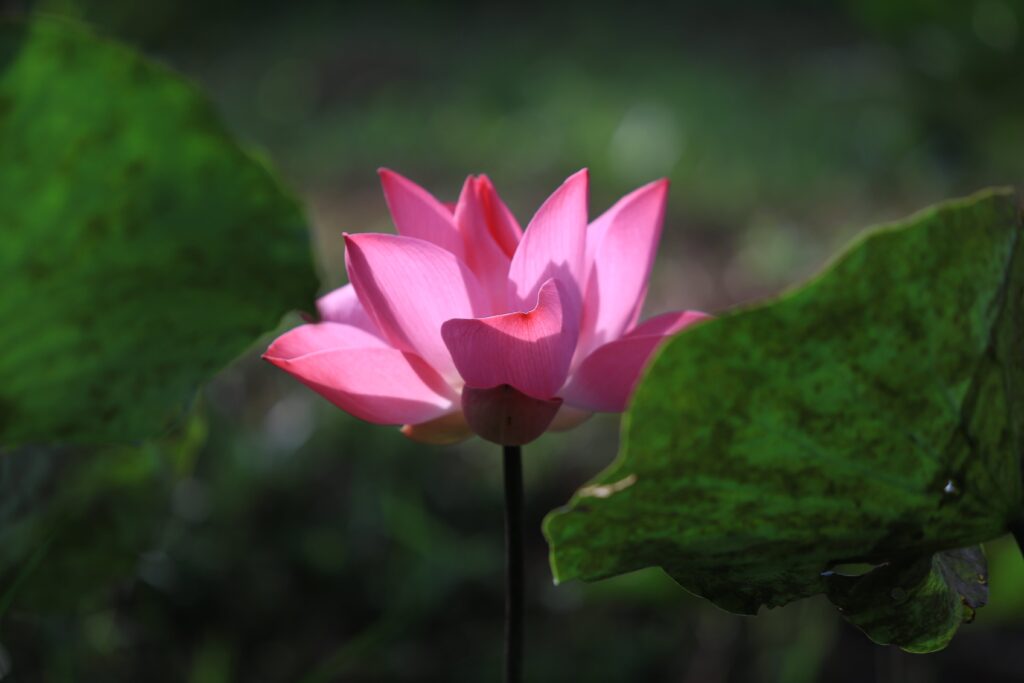In today’s world, where conflicts and divisions often dominate the headlines, it’s heartening to discover organizations dedicated to promoting peace, understanding, and humanitarian rights. One such organization is “Seeds of Peace.” Founded in 1993, this non-profit organization operates from its headquarters in New York City and is committed to peace-building and nurturing young leaders. Their core program brings together young individuals and educators from regions marred by conflict, with the primary goal of fostering unity and understanding. Let’s explore how Seeds of Peace embodies the principles of compassion and transformation, much like the teachings of Buddhism.
Point 1: Bridging Divides Through Shared Experiences
Seeds of Peace’s inception was marked by a visionary idea put forth by American journalist John Wallach. He proposed bringing together young people from Israel, Egypt, and the Palestinian Authority to a camp he established in Maine. This initial group, consisting of 46 individuals aged 13 to 18, formed the first session of the Seeds of Peace Camp. It’s akin to the Buddhist concept of skillful means, where the right approach is tailored to unique circumstances.
Just as Buddhism emphasizes compassion and understanding, Seeds of Peace strives to unite young minds from conflict-ridden regions through shared experiences. These early camp participants even attended the signing ceremony of the Oslo Accords, symbolically holding high their Seeds of Peace T-shirts alongside world leaders. Seeds of Peace has continued this practice over the years, bringing thousands of children from diverse backgrounds together, fostering strong relationships across lines of conflict. This first point showcases how skillful means can be adapted to create opportunities for unity and understanding, much like the Buddha’s teachings are tailored to individuals’ needs.
Point 2: Empowering the Leaders of Tomorrow
John Wallach envisioned a focus on the leaders of the next generation, much in line with the concept of skillful means in Buddhism. To establish its legitimacy, Seeds of Peace introduced the Delegation Leaders Program. These leaders are educators from conflict-affected countries, deeply involved in selecting and orienting Seeds at home and accompanying them to and from the camp. This program mirrors the Buddhist principle of teaching and guiding others towards the path of enlightenment.
During their time at camp, participants communicate in English as a common language, transcending linguistic and cultural barriers. This approach is a practical example of skillful means in action. Seeds of Peace provides ongoing support to returning camp graduates with year-round programming, including dialogue sessions, cross-cultural visits, leadership development workshops, and outreach events. It equips them with the skills and knowledge required to be agents of change and peace in their communities, mirroring the Buddhist skillful means of imparting wisdom and guidance.
Point 3: Expanding Compassion and Building Connections
Seeds of Peace expands its compassionate reach by extending its programs to South Asia, bringing together conflicting sides from Afghanistan, India, and Pakistan. Just as Buddhism promotes universal compassion, this organization’s growth initiatives aim to include more children, regardless of their backgrounds, fostering unity and understanding among all. The organization’s headquarters in New York City, along with its central offices in Jerusalem and smaller offices in various conflict-affected regions, signify its commitment to reaching as many hearts as possible, mirroring the Buddhist ideal of benefiting all sentient beings.
In conclusion, Seeds of Peace exemplifies the practice of Buddhist Upaya, skillful means, in the modern world. Through its innovative approach of uniting youth from conflict-ridden areas, empowering future leaders, and expanding its compassionate reach, it embodies the essence of skillful means in Buddhism. As we reflect on the organization’s journey, we see how it has cultivated the seeds of unity, understanding, and compassion, creating a harmonious world yearning for peace.
